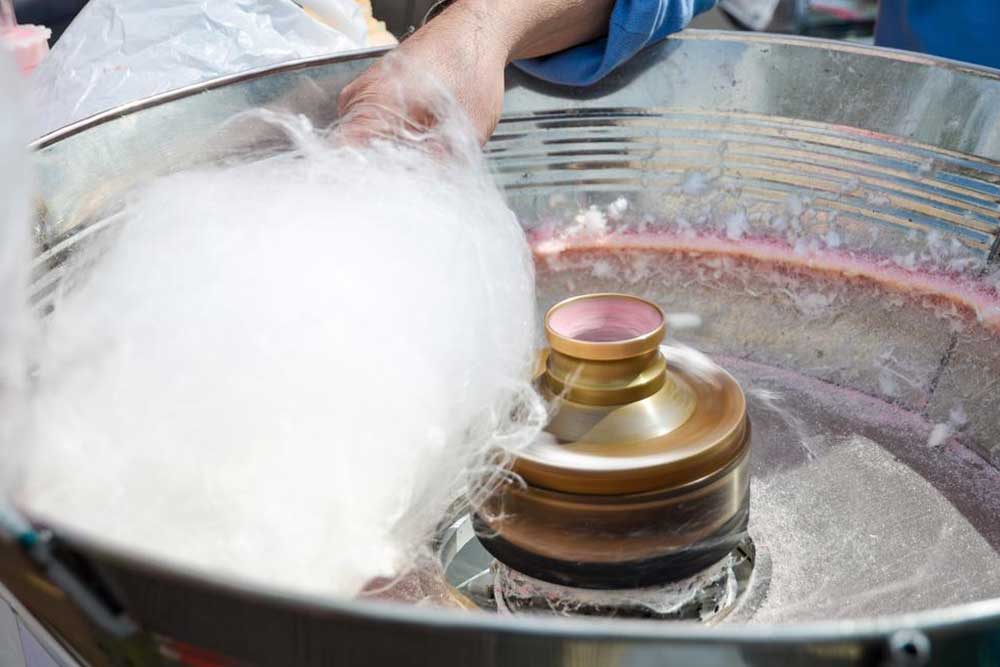How Cotton Candy Machines Work: A Complete Guide
Discover how cotton candy machines operate, transforming simple sugar into fluffy, colorful treats. This guide explains the machine's components, history, and process, highlighting how technology makes cotton candy accessible and enjoyable worldwide.

How Cotton Candy Machines Operate
Everyone loves the light, airy sweetness of cotton candy, known for its vibrant colors and fluffy texture. Watching a vendor spin sugar into a colorful treat sparks curiosity about the underlying process.
Invented in the late 1800s by a dentist and a candy maker, cotton candy's development made the confection more accessible. Previously, creating this treat was manual and costly, limiting availability.
The innovative machine, designed by William Morrison and John C. Wharton, heats and spins sugar into fine strands. This breakthrough made cotton candy widely popular and affordable. Every November 7th marks National Cotton Candy Day, celebrating this sweet marvel.
Though it appears intricate, the process is simple. The machine melts sugar with hot air, spinning it through tiny holes, forming thin sugar threads as they cool and dry.
Core parts include a stainless steel bowl, a motorized hot air blower, and a spinning head for sugar. When turned on, hot air melts the sugar, which is then spun into strands. Rotating a stick around the spinner captures these dry threads into fluffy cotton candy.
Ingredients are basic—mainly sugar, with optional food coloring to produce various shades like pink or blue. The machine’s simple mechanism makes creating colorful treats easy and fun.


